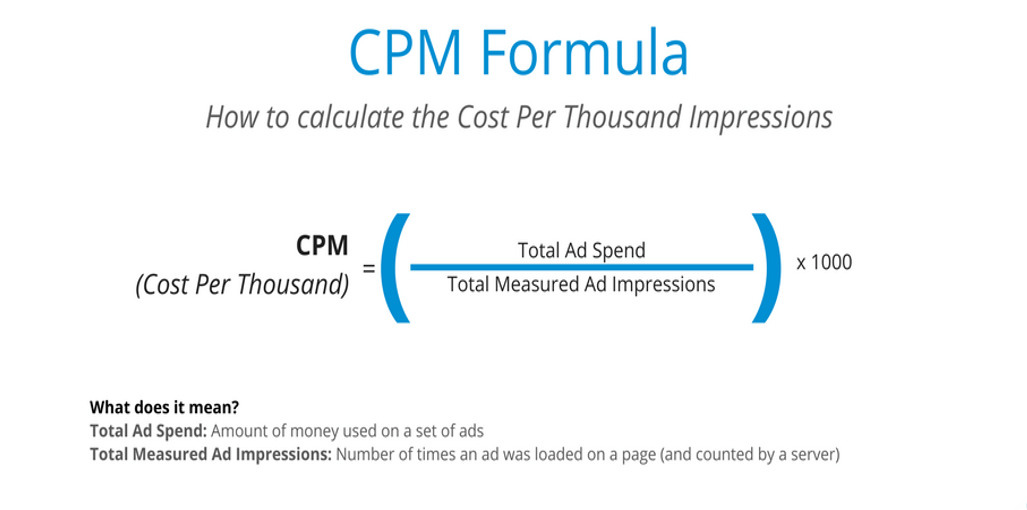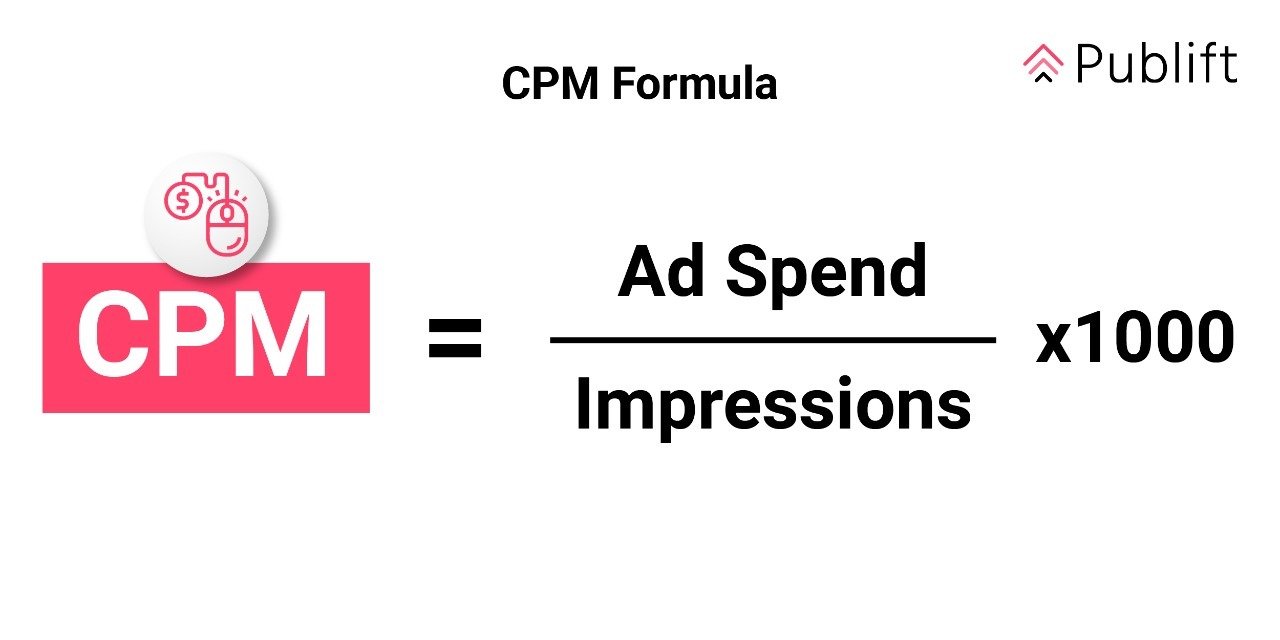CPM in marketing stands for Cost Per Thousand Impressions. It measures the cost of a thousand ad views.
CPM is crucial for advertisers aiming to maximize their budget. It helps in evaluating the effectiveness of ad campaigns. By understanding CPM, marketers can compare different advertising platforms. This metric allows for better budget allocation and ROI analysis. It is widely used in digital advertising, including display ads and social media.
Advertisers benefit from knowing how much they are paying for visibility. Effective CPM management can lead to higher engagement rates. It also aids in refining targeting strategies. CPM is a key metric for optimizing ad spend and improving campaign performance.
Introduction To Cpm In Marketing
CPM stands for Cost Per Mille. It means the cost per thousand impressions. An impression is when someone sees an ad. This metric is crucial in digital marketing. It helps measure the effectiveness of an ad campaign. Advertisers use CPM to plan their budgets.
CPM helps in understanding the cost to reach 1,000 people. It is useful for comparing the cost-effectiveness of different ads. Lower CPM means reaching more people for less money. This metric helps in making informed decisions. Advertisers can optimize their spending. It also helps in tracking the performance of campaigns.

Credit: medium.com
Breaking Down Cpm Calculations
CPM stands for Cost Per Thousand Impressions. It is a metric used in marketing. To calculate CPM, you use a simple formula. Divide the total cost by the number of impressions. Then multiply by 1,000.
Here are some examples of CPM calculations:
| Cost | Impressions | CPM |
|---|---|---|
| $100 | 50,000 | $2 |
| $500 | 200,000 | $2.50 |
| $1,000 | 1,000,000 | $1 |
Comparing Cpm With Other Advertising Models
CPM stands for Cost Per Mille. Advertisers pay for every 1,000 impressions. CPC means Cost Per Click. Advertisers pay each time someone clicks their ad. CPM is about reaching a large audience. CPC is focused on user engagement. CPM is good for brand awareness. CPC is better for direct responses.
CPA stands for Cost Per Action. Advertisers pay when a specific action is completed. CPM is about impressions. CPA is about actions like sales or sign-ups. CPA can be more costly but targets high-value interactions. CPM is cheaper but less targeted. CPA ensures you only pay for successful actions. CPM ensures your ad gets seen by many.

Credit: vwo.com
Advantages Of Using Cpm For Advertisers
CPM in marketing allows advertisers to reach a large audience cost-effectively. It provides measurable results, optimizing budget allocation. This method enhances brand visibility and awareness efficiently.
Broad Reach And Visibility
CPM allows advertisers to reach a large audience quickly. This method is great for brand awareness campaigns. Advertisers can display their ads on high-traffic websites. This ensures that many people see the ads. It helps in creating a lasting impression on potential customers.
Cost-effectiveness
CPM is often more cost-effective than other advertising methods. Advertisers pay for every 1,000 impressions. This means they can control their budget easily. Even with a limited budget, ads can still reach many people. This makes CPM a good choice for small businesses. It allows them to compete with larger companies.
Challenges And Considerations In Cpm Advertising
Advertisers need to ensure quality impressions. Low-quality impressions waste money. Bots and fake clicks harm campaigns. Use tools to detect fake traffic. Partner with trusted networks. Maintain high standards for ad placements.
Optimizing ad performance is crucial. Monitor key metrics regularly. Adjust campaigns based on data. Test different ad creatives. Use A/B testing to find the best version. Optimize targeting to reach the right audience. Track conversion rates to measure success.
Credit: josiahroche.co
Future Of Cpm In Digital Marketing
CPM, or Cost Per Thousand Impressions, is evolving fast. New trends are making CPM more efficient. Programmatic advertising is one such trend. It uses AI to buy ads in real-time. Mobile advertising is also growing. More people use smartphones than ever before. Video ads are becoming popular too. They catch the eye more than text ads. Personalized ads are another trend. They target specific groups of people. Data analytics is helping to fine-tune these ads. All these trends make CPM more powerful.
Innovations are changing CPM strategies. Dynamic CPM adjusts rates based on demand. This helps in getting better returns. Contextual targeting is another innovation. It places ads in the right context. AI-driven optimization is making a big impact. It fine-tunes ads automatically. Cross-device tracking is also new. It tracks users across multiple devices. This gives a clearer picture of user behavior. Interactive ads are getting more popular. They engage users better than static ads. These innovations are transforming CPM strategies.
Frequently Asked Questions
What Does Cpm Mean In Marketing?
CPM stands for “Cost Per Thousand Impressions. ” It measures the cost of 1,000 advertisement views. It’s a key metric in digital marketing for budgeting and performance analysis.
What Is A Good Cpm?
A good CPM (Cost Per Mille) typically ranges from $5 to $10. However, it varies by industry and target audience.
What Does 7 Cpm Mean?
7 CPM means 7 Cost Per Mille, or $7 per 1,000 ad impressions. It’s a common advertising metric.
How Is Cpm Calculated?
CPM is calculated by dividing the total cost of an ad campaign by the number of impressions, then multiplying by 1,000.
What Does Cpm Stand For In Marketing?
CPM stands for Cost Per Thousand impressions, a metric used to measure advertising cost efficiency.
Conclusion
Understanding CPM in marketing is essential for optimizing ad spend. It helps measure the cost-effectiveness of your campaigns. By monitoring CPM, marketers can make informed decisions and maximize ROI. Embrace this metric to enhance your advertising strategy and achieve better results.
Start leveraging CPM today to boost your marketing efforts.
